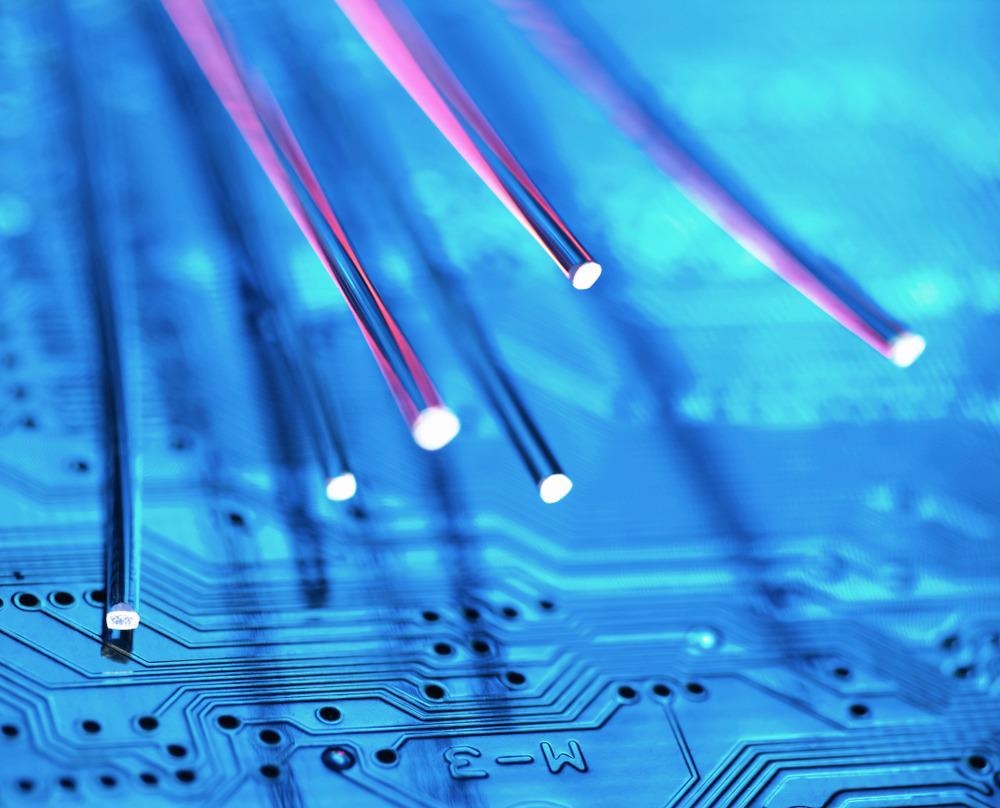Contents

Source: AZoNano
<>
Understanding Optoelectronics
What is Optoelectronics?
Optoelectronics, also known as optronics, involves electronic devices that interact with light across various spectral regions such as visible, infrared, and ultraviolet. These devices play a crucial role in a wide range of applications.
Applications of Optoelectronic Devices
Optoelectronic devices find applications in diverse fields including optical fiber communications, laser technology, and optical metrology. They enable the transmission, detection, and manipulation of light for numerous purposes.
Materials Used in Optoelectronics
Optoelectronics heavily relies on semiconductor materials due to their suitable bandgap energies for light absorption and essential electric conductivity. While dielectrics are impractical for these applications, metals are mainly used as conductors. Direct band gap materials like gallium arsenide and indium phosphide are commonly employed in emitting devices such as laser diodes.
Additionally, nonlinear crystal materials are utilized for electro-optic modulators, and photocathodes are essential for photomultipliers.
Challenges and Innovations
Indirect band gap materials like silicon pose challenges in light emission, particularly in silicon photonics. However, various solutions have been developed to address this limitation. Researchers continue to explore new materials and technologies to enhance the performance and efficiency of optoelectronic devices.
Conclusion
Optoelectronics is a dynamic field at the intersection of electronics and photonics, driving advancements in various industries. Understanding the principles and materials involved in optoelectronic devices is crucial for further innovations and applications in this rapidly evolving technology.

Source: techovedas
Feel free to comment your thoughts.



